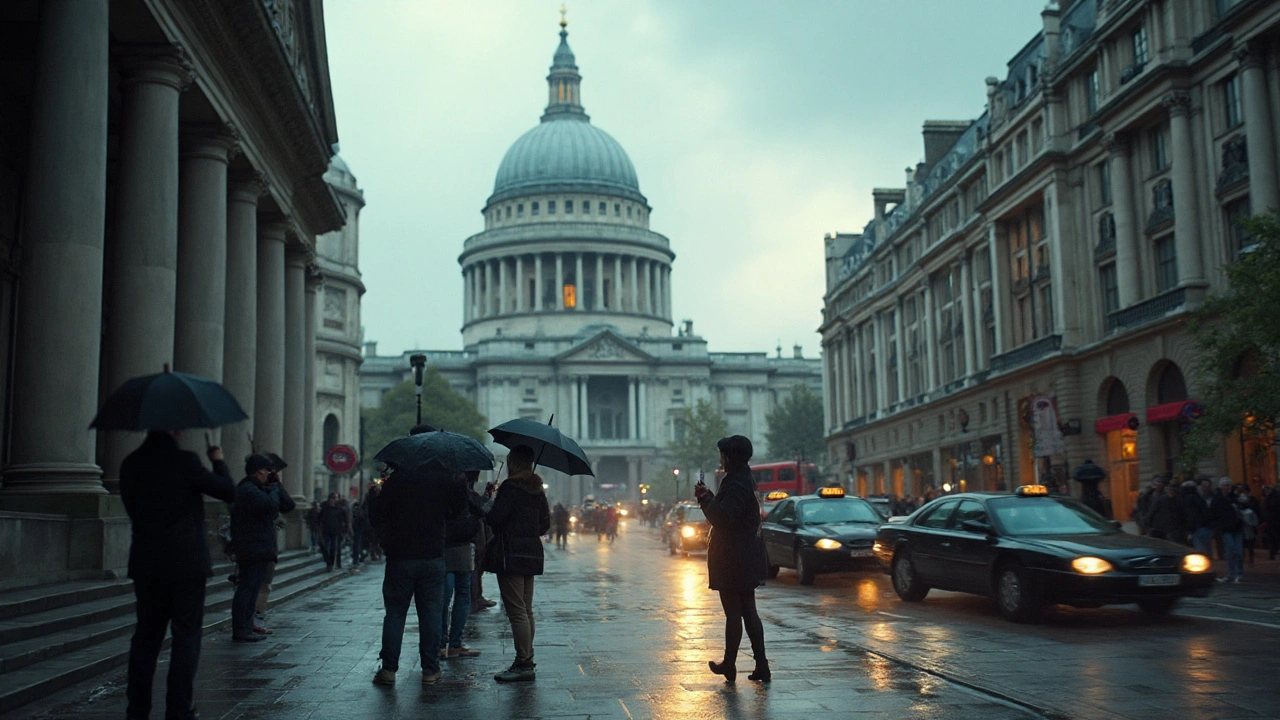Palladian Influence: How Andrea Palladio’s Ideas Shape Today’s Buildings
Ever wondered why a lot of grand homes and public buildings look like ancient temples? That’s Palladian influence at work. Andrea Palladio, a 1500s Italian architect, boiled classic Roman ideas down to a handful of simple rules. Those rules travel faster than any fashion trend because they make spaces feel balanced, elegant, and even a bit timeless.
Core Principles of Palladian Design
First, Palladio loved symmetry. He’d split a façade right down the middle and mirror windows, doors, and columns on each side. That mirroring isn’t just for looks—it helps our brains process a building quickly and feel comfortable inside.
Second, proportion mattered a lot. He used a mathematical system based on the golden ratio and simple whole‑number ratios. The result? Rooms that feel neither cramped nor cavernous. You can cheat the math by using a 1:2 or 2:3 ratio for height‑to‑width when you sketch a room.
Third, the iconic Palladian window – a tall central arched opening flanked by two smaller rectangular panes – appears in everything from country villas to city museums. Adding this window style instantly signals a nod to Palladio.
Finally, Palladio loved the temple front: a row of columns topped with a triangular pediment. It’s the look you see on the US White House or many British country houses. Even a small café can borrow the idea with a simple columned porch.
Palladian Tricks You Can Use Right Now
Want to bring Palladian influence into your own project? Start with a symmetrical layout. Place the main entrance in the center, then mirror windows or doors on each side. If you’re working with a limited budget, use painted columns or faux stone to hint at a temple front without the full stonework.
Next, add a Palladian window in a key room – perhaps the living room or hallway. If a real arched window is too pricey, frame a regular window with a wooden or PVC arch and two narrow sidelights. The visual impact is surprisingly strong.
Lastly, play with proportion. Measure the height of your ceiling and set the width of your main window to roughly half that height. This simple ratio gives the room an innate sense of balance that feels “Palladian” without any complex formulas.
Modern architects still love Palladio because his rules are adaptable. You’ll see the influence in minimalist glass houses, eco‑friendly public libraries, and even some tech office campuses. The secret is that Palladian ideas focus on human comfort, not just flashy ornamentation.
So next time you walk past a building with a clean, mirrored façade or a graceful arched window, you’ll know you’re looking at Palladian influence in action. And if you’re sketching your own design, try one or two of these tricks – you’ll get that classic, timeless feel without needing a PhD in architecture.

How Renaissance Architecture Shapes Modern Design and Cities Today
What survives from Renaissance architecture today? Clear principles, modern examples, and a cheat sheet to spot it in buildings, squares, and skylines.
Read more